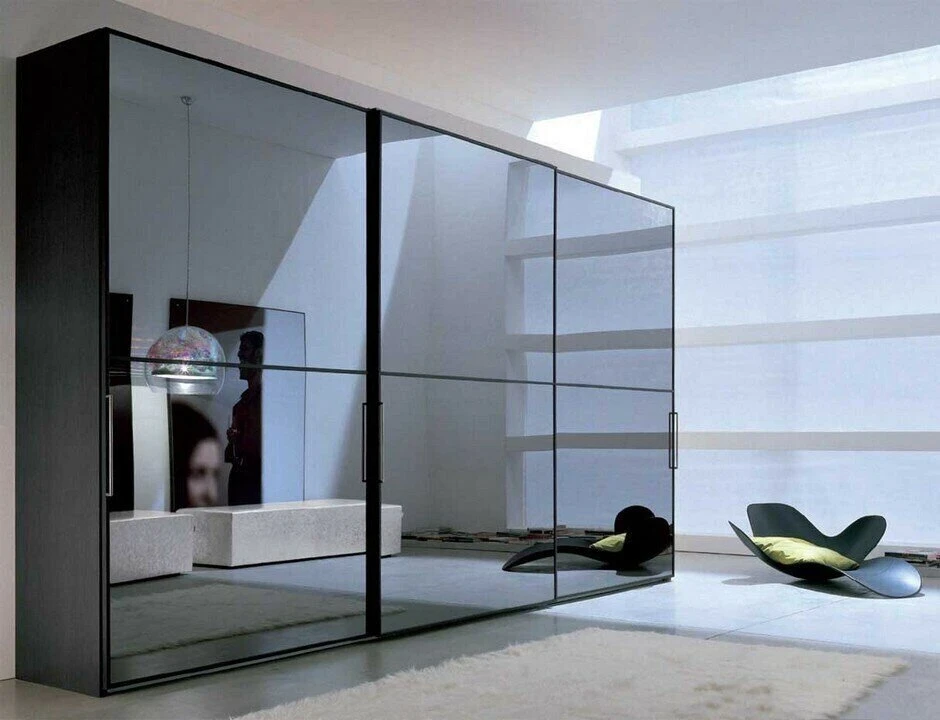

The Versatility and Benefits of Semi-Reflective Glass
In today’s architectural and design landscape, materials play a pivotal role in creating structures that are not only visually appealing but also functional. Among the various materials available, semi-reflective glass has gained prominence for its unique characteristics and versatile applications. This type of glass, which combines both transparency and reflectivity, offers a myriad of benefits that enhance both aesthetic value and energy efficiency in buildings.
What is Semi-Reflective Glass?
Semi-reflective glass, often referred to as low-reflective or lightly tinted glass, features a coating that allows light to pass through while reflecting a portion of it. This distinctive characteristic enables it to provide a level of privacy without completely sacrificing visibility. The balance between reflection and refraction makes semi-reflective glass an ideal choice for modern architecture, as it can enhance the appearance of buildings while serving practical functions.
Aesthetic Appeal
One of the primary reasons architects and designers opt for semi-reflective glass is its aesthetic appeal. The glass can create a striking visual effect, allowing buildings to blend harmoniously with their surroundings. The reflective surface can mirror the surrounding environment, providing a dynamic interaction between the building and nature. This can lead to unique designs that change appearance throughout the day as lighting conditions shift. In urban settings, semi-reflective glass can contribute to a modern and sleek look, enhancing the overall skyline.
Energy Efficiency
In an age where energy conservation is paramount, semi-reflective glass stands out as an energy-efficient solution. Its reflective properties allow it to deflect a significant amount of solar heat, reducing the need for artificial cooling systems. Buildings outfitted with this type of glass can maintain comfortable indoor temperatures, leading to lower energy consumption and reduced utility bills. Moreover, by minimizing the reliance on air conditioning, the overall carbon footprint of a building can be significantly decreased, aligning with sustainability goals.

Improved Comfort and Privacy
Beyond aesthetics and energy savings, semi-reflective glass contributes to enhanced occupant comfort. The glass allows natural light to flood interiors while minimizing glare, which is particularly beneficial for office spaces and residential areas where screen use is prevalent. Additionally, its reflective nature provides a level of privacy during the day; while individuals inside can enjoy unobstructed views of the outside world, those outside see only a mirror-like facade. This feature is invaluable in densely populated urban areas where privacy is often compromised.
Safety and Security
Safety is a critical consideration in any building project, and semi-reflective glass addresses this concern effectively. Many varieties of semi-reflective glass are tempered or laminated, making them more resilient to impacts and shattering. This added strength can enhance the security of a building, reducing the risk of break-ins. Furthermore, the reflective surface can deter unwanted attention, contributing to an additional layer of privacy and security for occupants.
Applications in Architecture
Semi-reflective glass is incredibly versatile, making it suitable for a variety of architectural applications. In commercial buildings, it is commonly used in facades, curtain walls, and windows to create a sleek look while maximizing natural light. Residential applications often include large windows and sliding doors that connect living spaces to the outdoors while providing privacy. Additionally, semi-reflective glass is a popular choice for buildings aimed at achieving Leadership in Energy and Environmental Design (LEED) certification due to its energy-saving properties.
Conclusion
In conclusion, semi-reflective glass is more than just a building material; it represents a fusion of beauty, functionality, and efficiency. As architects and designers continue to explore innovative ways to create sustainable and aesthetically pleasing environments, semi-reflective glass emerges as a prime candidate for modern structures. Its ability to reflect, refract, and insulate makes it an invaluable asset in the pursuit of enhanced architectural solutions. With its myriad applications and benefits, semi-reflective glass is poised to remain a popular choice in the architectural world for years to come.